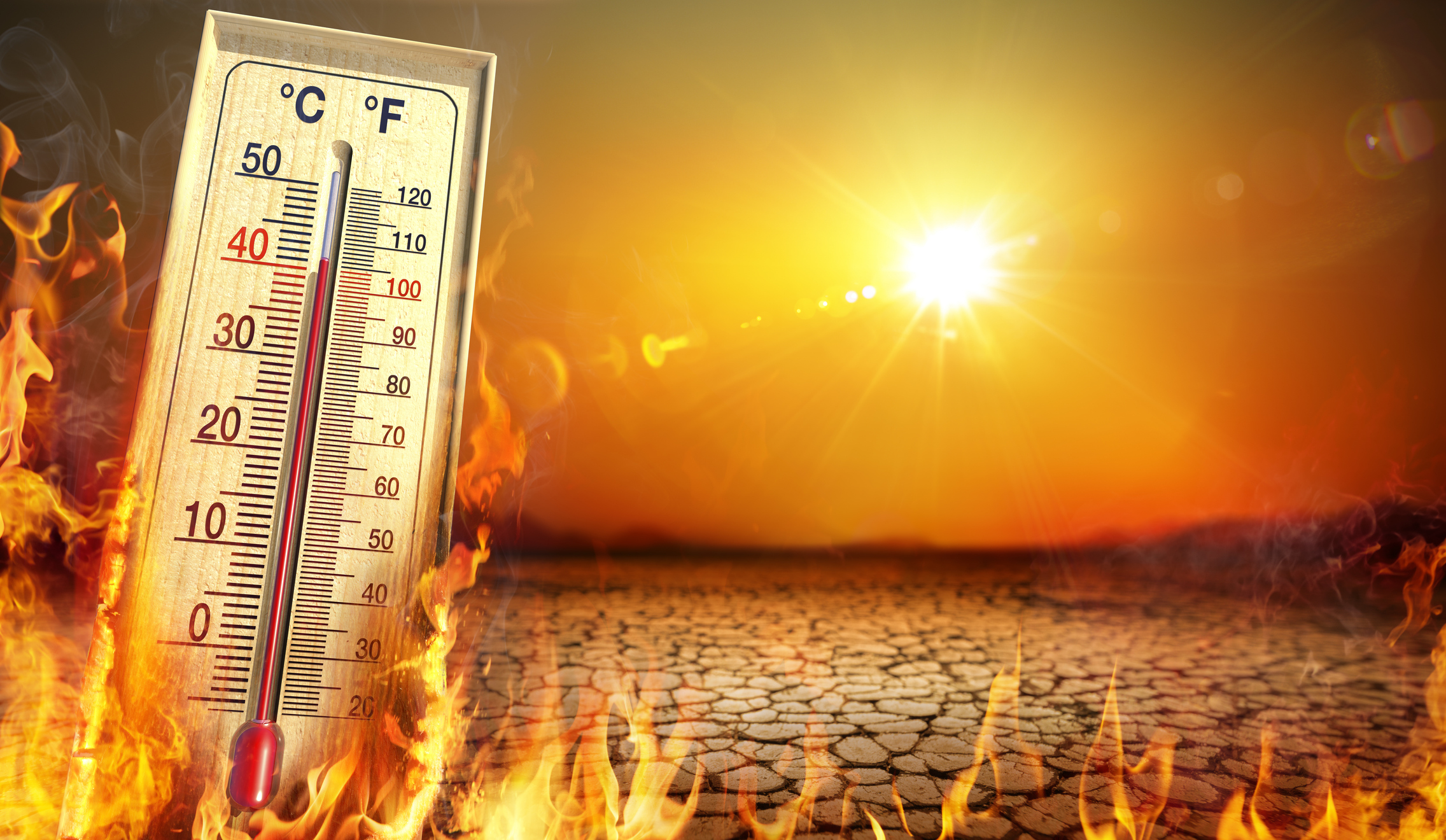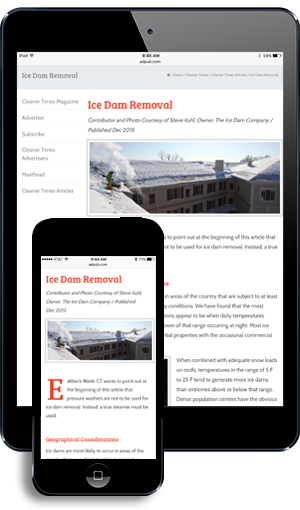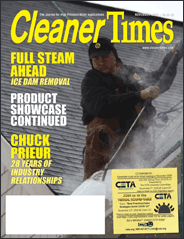
Working in the Heat (Do Not Do It)
by Diane M. Calabrese | Published June 2025

Boiler rooms and foundries tested the mettle of men – and they were almost all men to a one, who worked in very hot conditions.
Risks were taken in stride. Hot? Find a way to cope.
Things change.
The Occupational Safety and Health Administration (OSHA) opened its doors on April 28, 1971, after being established by the OSH Act in 1970 under President Nixon. The act acknowledged that despite the determination and grit of workers, there were significant ways that safety on the job could be improved.
Today, as it closes in on 55 years of existence, the purview of OSHA is expansive. Codifying common sense is much of what the administration does – all with the goal of making workplaces as safe as possible.
Moreover, OSHA offers fact sheets and training tools to keep everyone in the workplace focused on safety. We will look at some of the guidance offered. But let’s begin with some direct talk from a veteran member of our industry.
What about establishing a heat threshold above which work stops or is paused? “I really try to leave it up to the individual person and them knowing their limits,” says Doug Rucker, owner of the Doug Rucker Store and the affiliated Clean and Green Solutions in Porter, TX.
“I strongly encourage that [team members] pay attention to how they are feeling and heed warning signs they may feel or see in a coworker,” explains Rucker. “In the heat of the summer, most of our big jobs start as early as possible – 8 a.m. or earlier and will end by 3 p.m. if needed.”
There’s some built-in flexibility because of the nature of the work, says Rucker. “These types of jobs are scheduled for multiple days anyway, and so I just add an extra day if needed. I also encourage multiple breaks throughout the day as well.”
Does Rucker give any specific recommendations to his employees who will be tackling jobs on hot days? “Start drinking water as early as possible. A pinch of Celtic salt [a sea salt] two to three times a day with water will help a lot.”
Rucker gives employees not only suggestions about doing, but also suggestions about not doing. “I also try to discourage drinking Gatorade during the day, or limit it to very little,” he says. Coffee, energy drinks, and anything with caffeine should be avoided not only in the morning but throughout the day.”
Of course, mitigation of the risks of working in heat involves more than just exposure to a hot environment. In combination with heat, chemical use on the jobsite may produce potential hazards.
“In my opinion, soft washing and the use of strong bleach mixes – like for roof cleaning, is the worst during hot weather,” say Rucker. “PPE [personal protective equipment] is vital at all times, but most certainly when performing this service. The fumes and off-gassing are really elevated during the hottest days and hours. A proper mask helps with this.”
The method of encouraging workers, counting on them to bring their own good sense and education in safety to the jobsite, is the one that OSHA sanctions. No employer can monitor all employees.
Countering complacency by educating the individual worker sums up the approach of OSHA. Supervisors/owners bear the responsibility for ensuring employees know how to reduce the risks of working in hot conditions.
Supervisors/owners also bear the responsibility for determining that individuals who work in heat have the physical constitution that allows them to do so. For all the advances that have taken place in industry over the last 54 years, there are still many jobs that keep employees active in a hot environment.
Power washing contractors are among such individuals. So are roofing and road surfacing crews and many more.
Readiness
According to OSHA, the most outdoor fatalities attributable to working in heat occur in the first few days of the advent of hot weather. A significant contributor to the risky period is lack of acclimatization.
If the average daytime temperature suddenly swings from 45 F to 80 F, employees may still be dressing for cooler conditions (clothes too bulky) and unaware that they are overheating. (Unaware because the sudden increase in temperature after a long cold spell can feel quite good.)
The human body does build up its tolerance to heat (and to cold) with consistent exposure. But in the first few days of exposure to heat, the body’s thermostat has not yet reached a new set point. (OSHA reports that 50 to 70 percent of fatalities related to heat occur during the first few days of working in a suddenly warmer environment.)
Complacency about conditions that have changed is also a factor. In addition to OSHA, the National Institute for Occupational Safety and Health (NIOSH) at the CDC [Centers for Disease Control and Prevention] also offers abundant information on the effects of heat on the human body.
Among the NIOSH reminders are those about how a given temperature is only one variable in determining the risk to workers from heat. For instance, perspiration stands as a physiological mechanism for cooling the body if the moisture can easily evaporate. On humid days, evaporation slows.
Thus, humidity adds to the toll that heat extracts from workers. So, too, does direct sunlight and the absence of air movement.
Direct sunlight poses other risks – to skin and eyes. Taking steps to reduce the risks – sunscreen and dark glasses, working out of the most direct sun as much as possible, should be part of the repertoire on hot days.
The safest work environment is the one in which each employee knows safe practices and follows them. Yet new hires may be a bit hazy even after good training. And when life issues distract an employee, things can happen.
As such, OSHA takes the position that prevention ultimately becomes the responsibility of supervisors/owners. That includes monitoring the combination of factors that can add to heat stress on hot days, and if necessary, calling off work for the day. And at the most basic level it means that provisions must be made in heat for rest, shaded recesses and fluid intake.
The OSHA document titled Protecting Workers from the Effects of Heat available at OSHA.gov is as good a seven-page reference guide as can be had. For one, it begins with a primer on how to recognize and respond to heat-related illness.
Each employee should be able to recognize the signs of a fellow worker who is succumbing to heat stress. Symptoms of heat stress include muddled speech or behavior, and much worse (seizures, fainting, etc.). And employees should know what to do in response.
Each employee also must give a truthful account to his or her employer about any factors that could increase susceptibility to heat. For instance, certain medications may elevate risk. (Obesity, alcohol and drug use also elevate risk.)
There are myriad ways to sum up reminders about how to work safely in heat. But the summaries hinge on two fundamentals: Workers must be trained. And workers must internalize their training.
Knowledge is the antidote to complacency. And complacency is generally where difficulties begin. ‘I’ll just work a little longer because I can take more heat, even though I’m sweating profusely and feeling a bit queasy’ is an all-too familiar (and dangerous) complacent statement.
OSHA should not have to codify that if it seems like rest or shade or water is needed, it is. Working in heat? Common sense should be trusted. OSHA recommendations followed.





